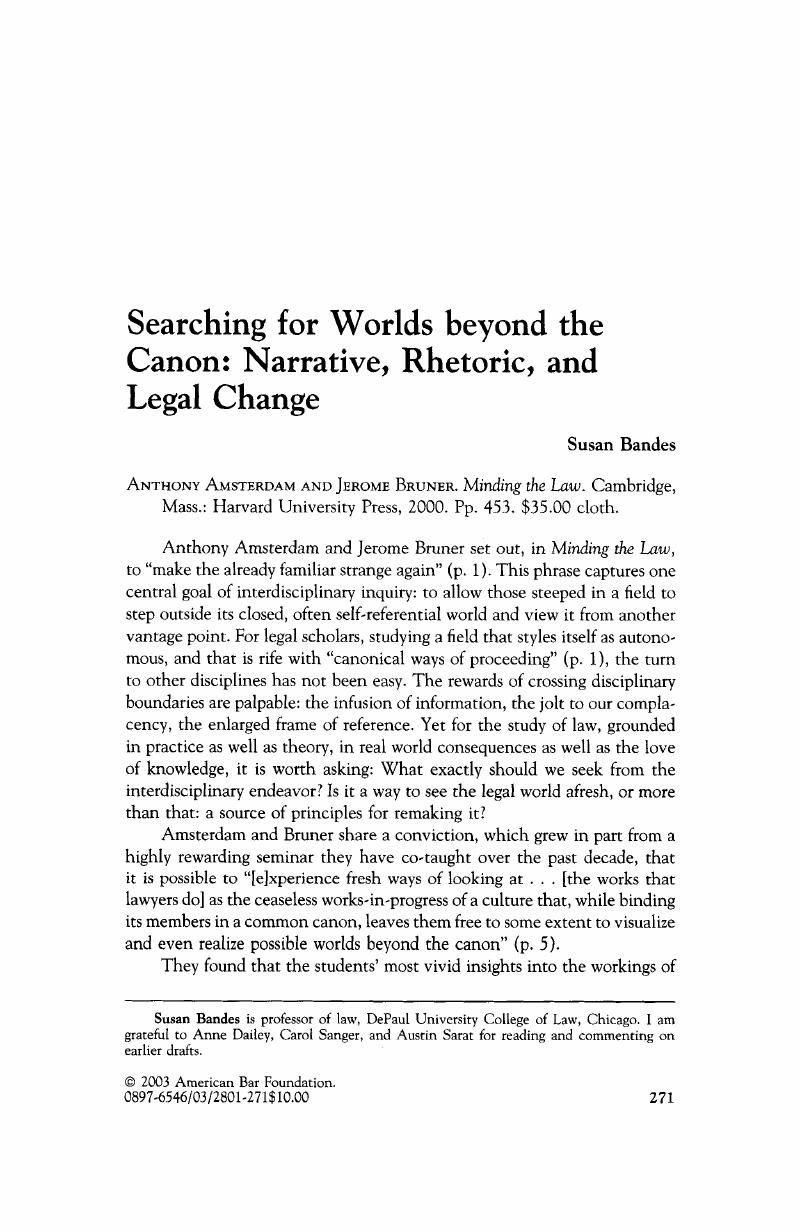Crossref Citations
This article has been cited by the following publications. This list is generated based on data provided by Crossref.
Ben-David, Vered
2011.
Social constructions of reality and narratives of parental incapability in the process of adjudicating the adoption of minors in Israel.
Child & Family Social Work,
Vol. 16,
Issue. 4,
p.
402.
Ben-David, Vered
2011.
Social Information in Court Decisions of Compulsory Child Adoption in Israel.
Child & Youth Care Forum,
Vol. 40,
Issue. 3,
p.
233.
Ben-David, Vered
2011.
Voices in the Adjudication of Compulsory Adoption in Israel: The Hegemonic Voice of the Professional Expert and the Unheard Voice of the Biological Parents.
Adoption Quarterly,
Vol. 14,
Issue. 2,
p.
132.
Ben-David, Vered
2012.
Examining the judicial voice from a non-legal perspective: An analysis of non-legal references by courts to the family story in cases of compulsory child adoption in Israel.
Children and Youth Services Review,
Vol. 34,
Issue. 9,
p.
1796.



